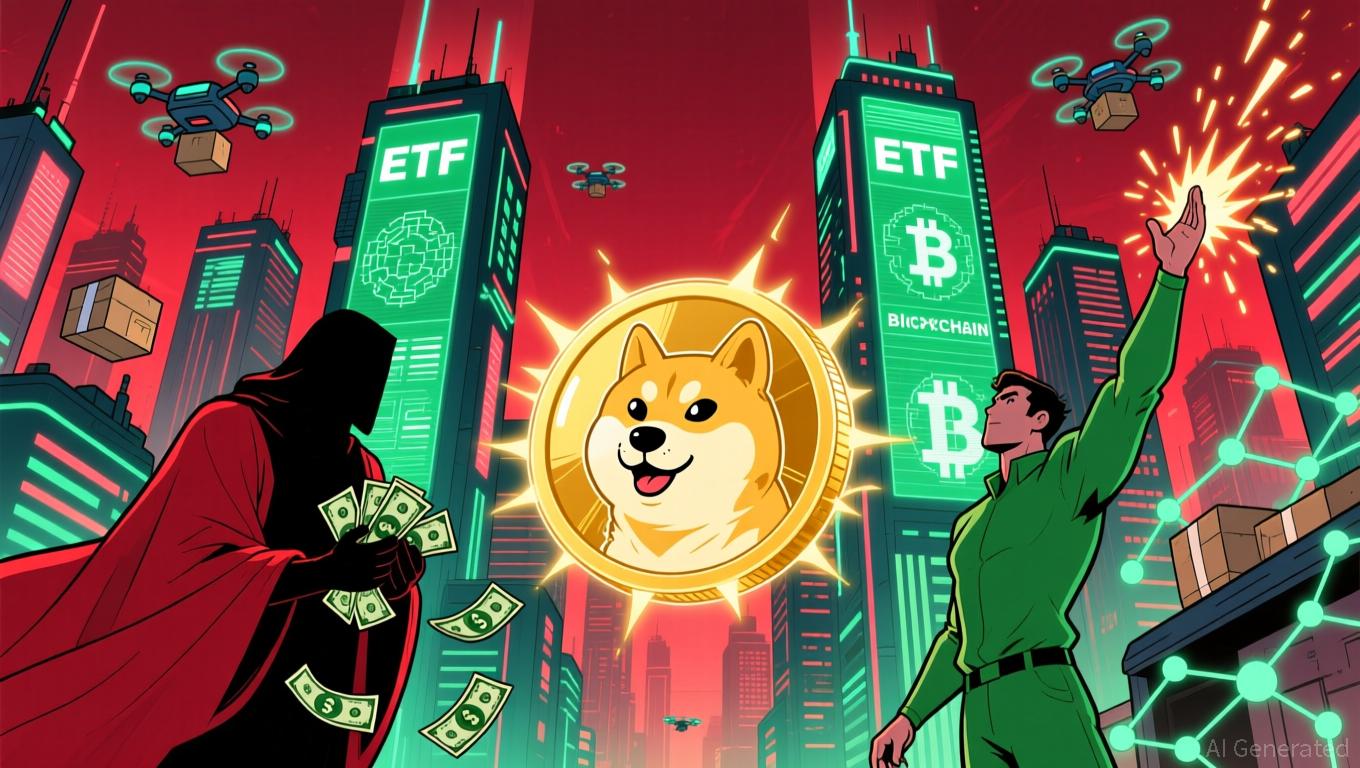
- An attacker withdrew $3 million in USDC from OKX and split it across 19 wallets.
- They opened $26 million in leveraged long positions on POPCAT perpetuals.
- A $20 million buy wall was placed to falsely signal market strength.
A sharp and deliberately executed sequence of trades has exposed a serious vulnerability in decentralised finance infrastructure.
Hyperliquid, a derivatives platform known for its POPCAT-denominated perpetual futures, recorded a loss of $4.9 million after one entity manipulated internal liquidity to set off a cascade of liquidations.
This was not a conventional exploit for profit, but a calculated test of how much stress an automated liquidity provider can endure before it breaks.
It began with the movement of $3 million in USDC, withdrawn from the OKX crypto exchange. The funds were distributed evenly across 19 new wallets, each routing assets into Hyperliquid.
There, the trader opened over $26 million in leveraged long positions tied to HYPE, the perpetual contract priced in POPCAT.
This aggressive positioning was then reinforced with a synthetic buy wall worth around $20 million, placed near the $0.21 price level.
This wall functioned as a temporary illusion of demand strength. Price responded to the signal, rising as participants interpreted the buy wall as structural support.
However, once the wall vanished, that support disappeared, and liquidity thinned.
With no bids to absorb market movement, highly leveraged positions began liquidating en masse. The protocol’s Hyperliquidity Provider vault, built to absorb such events, took the full impact.
A deliberate architecture stress test with real losses
What separates this incident from typical price manipulation is that the initiator made no profit.
The $3 million in initial capital was entirely consumed in the process. This strongly suggests that the goal was not financial gain but architectural disruption.
By introducing false liquidity signals, removing them at a precise point, and triggering liquidation thresholds, the attacker was able to manipulate the internal logic of the vault system.
The vault, designed to balance risk across positions and supply liquidity in volatile moments, was pulled into a liquidation cascade that it could not fully contain.
This raised questions about how automated liquidity mechanisms handle synthetic volatility events, particularly when faced with malicious but structurally informed participants.
The entire sequence unfolded onchain and was flagged by Lookonchain , which traced the trades back to their source and identified the attack’s distinct phases.
Withdrawal freeze sparks questions about platform stability
Shortly after the vault was impacted, Hyperliquid’s withdrawal bridge was temporarily disabled.
A developer associated with the protocol stated that the platform had been paused using a function called “ vote emergency lock .”
This mechanism allows contract administrators to halt certain operations during suspected manipulation events or infrastructure risks.
The withdrawal function was re-enabled within roughly an hour. Hyperliquid did not release any official communication linking the freeze directly to the POPCAT trading event.
However, the timing suggested a precautionary action intended to prevent additional outflows or manipulation during a period of platform instability.
This marked one of the largest losses Hyperliquid has suffered from a single coordinated event, highlighting that even in the absence of external code exploits, internal systems can be compromised through precise liquidity attacks.
Community reaction underscores DeFi volatility
Community responses varied from technical analysis to satire. One observer described it as “the costliest research ever ,” while another suggested the entire $3 million burn was “ performance art .”
Others focused on what the attack revealed about perpetual futures markets with thin liquidity buffers, noting how easily they can be pushed into self-reinforcing failure.
One user described the event as “ peak degen warfare ,” referring to the high-risk strategy used to exploit predictable vault reactions.
Despite no direct theft, the outcome was functionally equivalent to a targeted denial-of-liquidity assault.
The attacker had no gain, but the protocol suffered a measurable financial hit, and its architecture showed clear signs of stress under pressure.
This incident has become a case study in how decentralised systems can be stressed from within using only publicly available tools and capital.
In this instance, no vulnerability was found in the codebase. Instead, the vulnerability lay in the assumptions that underpinned market structure and risk containment.
Hyperliquid has not announced any changes to its vault mechanics following the attack.
However, the broader DeFi ecosystem is likely to take note of the strategy and review how vaults absorb or reflect risk under coordinated synthetic pressure.


